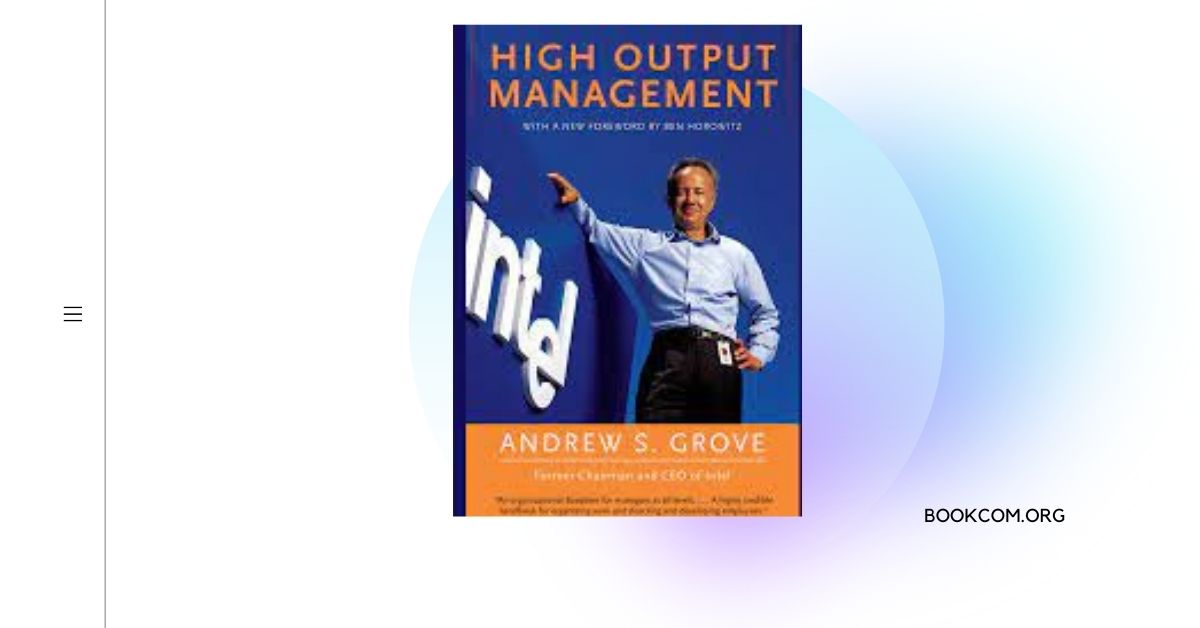“High Output Management” by Andrew S. Grove is a management guidebook that provides valuable insights and strategies for maximizing productivity and achieving high performance in a business or organizational setting. Written by the former CEO of Intel, the book offers practical advice on various aspects of management, including goal setting, decision-making, team dynamics, and operations.
Key Themes
Task vs. Output: Grove emphasizes the importance of focusing on output rather than mere activity. He encourages managers to define clear objectives and measure progress based on tangible results, rather than getting caught up in the busyness of tasks.
Leveraging Time: The book explores effective time management techniques, with an emphasis on identifying high-leverage activities. Grove encourages managers to prioritize tasks that have the greatest impact on achieving organizational goals and delegate or eliminate low-value activities.
Managing People: Grove delves into the complexities of managing individuals and teams. He discusses topics such as setting expectations, providing feedback, developing talent, and fostering a culture of accountability. The book offers practical strategies for improving communication and collaboration within an organization.
Notable Concepts
One-on-One Meetings: Grove highlights the significance of regular one-on-one meetings between managers and their direct reports. These meetings provide a dedicated space for discussing performance, setting goals, addressing concerns, and providing guidance. Grove provides practical advice on how to structure and conduct effective one-on-one meetings.
Management by Objectives (MBO): The book introduces the concept of MBO, a management technique where goals and objectives are collaboratively set between managers and their subordinates. Grove explains the benefits of MBO in aligning individual and team efforts with organizational goals and creating a sense of ownership and accountability.
Actionable Insights
Results-Oriented Approach: Focus on measurable results and outputs rather than activities or processes. Clearly define objectives and key performance indicators (KPIs) to track progress and ensure alignment with organizational goals.
Leverage Time Effectively: Identify high-leverage activities that contribute significantly to achieving desired outcomes. Allocate time and resources accordingly, delegate non-essential tasks, and eliminate time-wasting activities.
Prioritize Communication: Establish open and effective channels of communication within your organization. Foster a culture of open dialogue, provide regular feedback, and conduct meaningful one-on-one meetings to improve performance and foster employee development.
Also read:
Book Review: “High Output Management” by Andrew S. Grove
For More Information about the book, you can visit:



